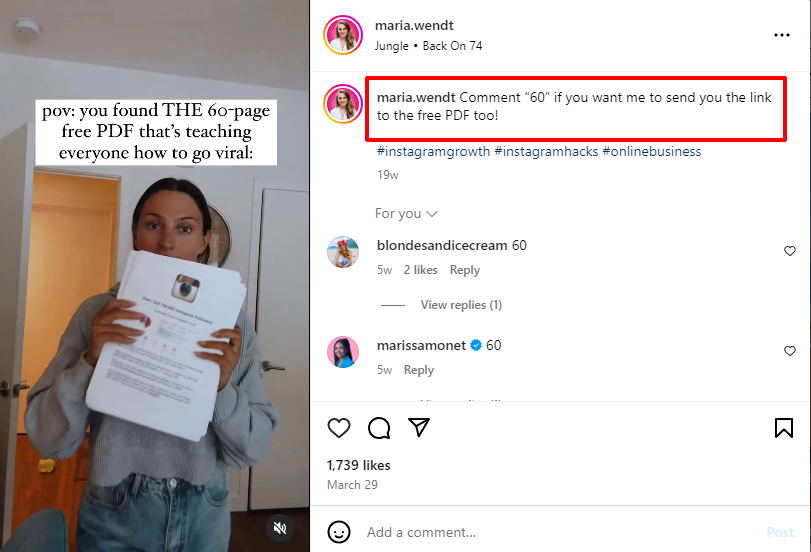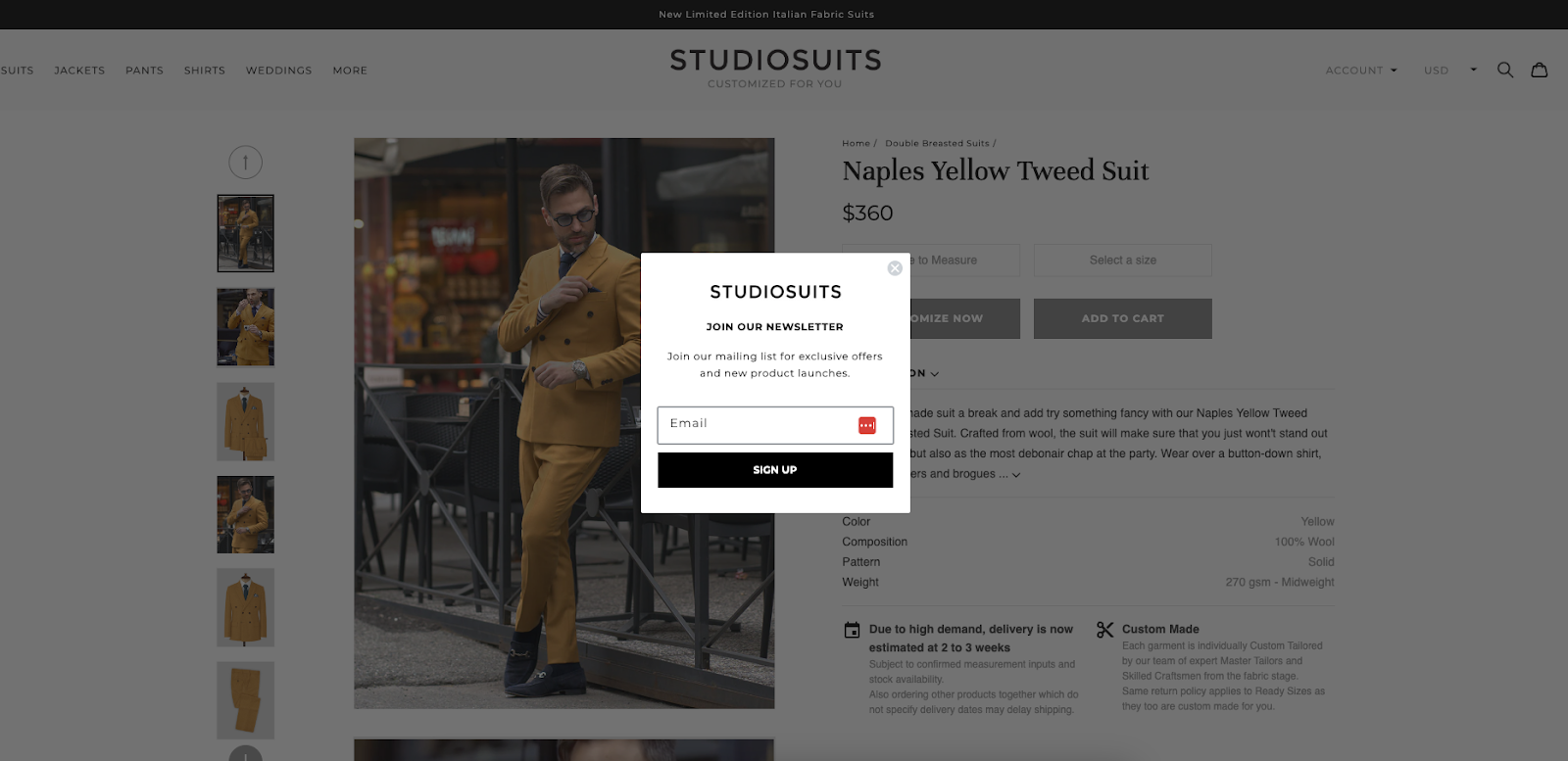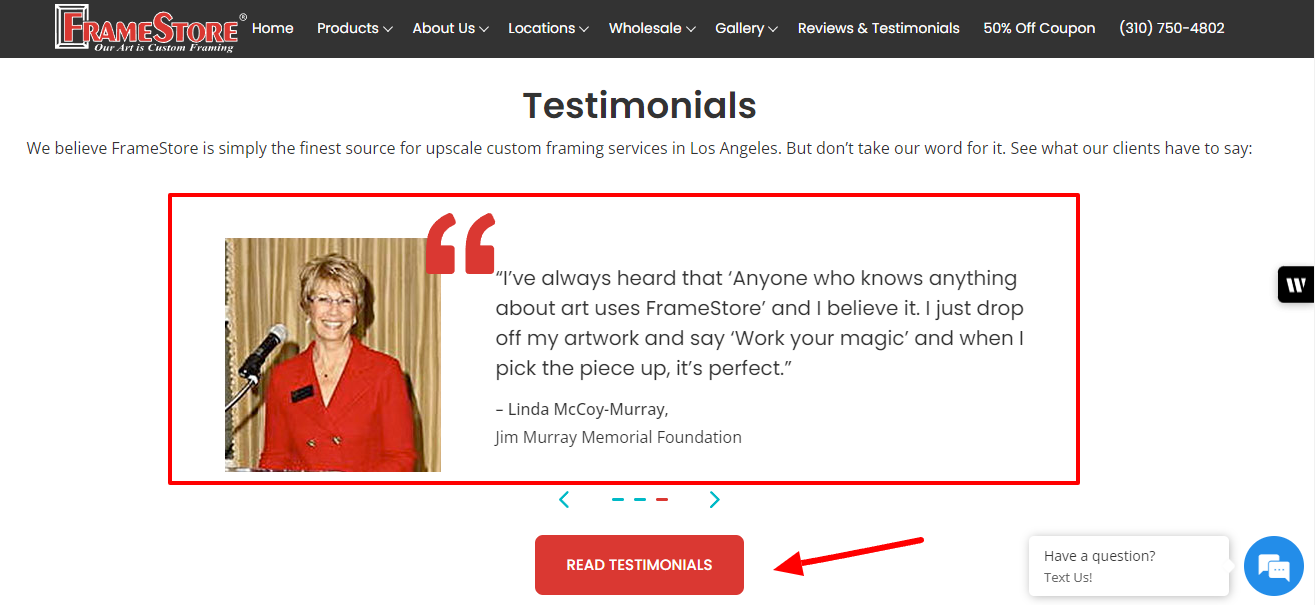There’s no other way to put it …
Without a steady flow of prospects, your ecommerce brand will struggle to grow. No matter how great your products are.
That’s why understanding and implementing effective lead generation strategies is pivotal to creating a thriving online store.
Let’s take a closer look at ecommerce lead generation, why it matters, and eight strategies you can use to grow your lead list and convert prospects into loyal customers.
What is ecommerce lead generation?
Ecommerce lead generation means attracting prospects and capturing their contact information (usually their first name and email address). Your ultimate goal is to guide them toward a purchase with lead nurturing campaigns.
In simpler terms, it’s about turning leads into paying customers by building relationships over time.
For example, a brand like Glossier might capture a visitor’s email by offering a discount on their first purchase and then use that email to share promotions, new products, and other updates to encourage a sale.
Why are ecommerce lead generation strategies important?
Ecommerce lead generation strategies fuel your sales funnel.
They help you connect with your target audience meaningfully so you can transform casual browsers into engaged customers.
Without lead generation strategies in place, there’s no telling how many ideal leads and shoppers your ecommerce business could miss out on. Leaving them wide open for your competitors to grab instead.
Benefits of using ecommerce lead generation strategies
Some of the top benefits of implementing ecommerce lead generation strategies include …
- Generate quality prospect and customer data: Gain valuable insights about your audience so you can better target your marketing efforts.
- Grow your lead list: Expand your market reach potential by consistently adding new leads to your database.
- Inspire qualified leads to buy: Encourage prospects genuinely interested in what you offer to take the leap and buy something.
- Position your brand as a key industry player: Establish authority and trust through consistent and valuable interactions with your audience.
- Increase customer lifetime value (CLTV): Nurture leads to loyal customers who keep returning for more.
- Enhance brand visibility: Keep your brand top-of-mind among potential customers.
8 Ecommerce lead generation strategies you can use to grow your lead list and inspire conversions
Now that we’ve laid the groundwork, let’s explore some ways you can attract leads and nurture them to conversion.
1. Set up Instagram chat automation funnels
Use Manychat to automate your Instagram marketing through chat sales funnel campaigns.
With this setup, your Instagram captions will ask users to comment on a specific word on a post, triggering an automatic DM from your brand related to that word. For example, you might say:
“Want to learn how to create an anti-aging skincare routine in 5 easy steps? Comment ’ROUTINE’ below for the complete guide!”
When users comment “ROUTINE,” the automation will send them a DM with a link to download the guide. Before accessing it, though, the user typically needs to enter their name and email or is directed to a landing page. This approach helps you grow your email list with qualified leads directly from your Instagram content.
Here’s an example of how business coach (and Manychat enthusiast) Maria Wendt does it:

You can also use Manychat to connect with your customers on WhatsApp, set up a Facebook Messenger chatbot, and send SMS messages.
*Pro-Tip: Consider adding an AI-assisted chatbot to your website, too. (This isn’t the same as the Instagram chat automation funnel.) A chatbot can help shoppers find what they need, share personalized offers, and ask users if they want to sign up for your newsletter.
Speaking of which …
2. Add newsletter opt-in forms on your website
Make the most of every visitor to your site by adding calls to action (CTA) to sign up for your newsletter.
Consider adding these:
- Above the fold: Place an opt-in form or button at the top of your homepage where it’s immediately visible.
- In your footer: Capture leads from visitors who scroll to the bottom of your pages.
- As automated prompts by your chatbot: Integrate your opt-in form within your chatbot message box as a prompt. You can also program the bot to ask visitors for their email addresses for various reasons.
- In exit-intent pop-ups, which appear when a visitor is about to leave your site, offer a last chance to subscribe.
For example, StudioSuits, a men’s clothing brand, uses an exit-intent pop-up on its double-breasted men’s suits page. Just as visitors are about to leave, the pop-up offers an incentive to subscribe, capturing leads at a critical moment.
Visitors who sign up get valuable content and exclusive offers so StudioSuits can nurture them to conversion.

3. Create email marketing sales funnels
Build strategic email marketing funnels using lead magnets, landing pages, and email marketing software.
To build these, start with a lead magnet—choose something valuable you can offer in exchange for an email address, such as a discount code, ebook, or free trial. Pair this with a well-designed landing page that’s optimized for conversions.
Once a lead enters your funnel, the key is to keep the momentum going. They’ve already shown interest, and now it’s your job to keep them engaged.
This means you’ll need to create segmented lead nurturing sequences that speak directly to their needs and preferences before launching your email funnels.
For example, if a customer subscribes to receive updates about skincare, you might create content about skincare tips, new product drops, and exclusive offers. (Set up your email marketing software to personalize each email for every shopper and audience segment.)
Also don’t forget to use a professional email address that uses a secure email hosting service to send your marketing emails to improve deliverability, trust, and conversion rates.
By aligning your content with prospects ' interests, you make your brand feel personal and human. You also build trust and encourage leads to take the next step — which is (of course) making a purchase.
4. Run PPC and social media ads
Create passive income streams for your ecommerce business with Google Ads and social media ads.
Use lead magnets in your ads — like discount codes, generous deals, gamified experiences, and downloadables — to:
1. Attract potential customers.
2. Grab their email addresses.
3. Add them to your email list.
4. And encourage them to shop.
Another solid lead magnet is offering same-day delivery. This helps create a sense of urgency and excitement. It also generates immediate interest from shoppers who are already interested in what you’re selling.
One way to do this is to offer a same-day delivery coupon if they subscribe to your email list. Once subscribed, they’ll receive the coupon in their inbox and can use it at checkout.
*Another Pro-Tip: Use forms that allow “partial leads.” These automatically save responses before form completion in case prospects dip out early or lose connection with your landing page.

5. Partner with relevant influencers and ambassadors
Lock arms with partners who align with your brand values and serve your target audience.
Consider working with micro and nano influencers. They have smaller but highly engaged followings. Since they often have a more personal connection with their audiences, they’re well respected and trusted.
You can also partner with loyal customers or engaged employees to promote your brand. Their authentic advocacy can resonate deeply with potential leads.
Another strategy is collaborating with brands that complement your industry but aren’t direct competitors. For example, if you sell fitness apparel, partnering with a health food brand could introduce your products to a new but relevant audience.
6. Run user-generated content (UGC) campaigns
Encourage your customers to create content featuring your products, which you can share across your marketing channels. This is called UGC — and it acts as powerful social proof.
To kick off a UGC campaign, create a branded hashtag and entice your customers to use it when posting about your products. Offer incentives like discounts or giveaways to encourage participation.
Repurpose the content they generate in ads, social media posts and Stories, and email campaigns to build trust and inspire virality.
You can also use social listening tools to spot other forms of UGC you can use as social proof, such as:
- Brand mentions
- Visual product
- Testimonials
- Reviews
- Ratings
After collecting social proof, generously add UGC snippets throughout your website.
For instance, feature UGC on your homepage with a CTA button that leads to a social proof page. Get inspired by FrameStore, a shop that specializes in selling wholesale frames in LA. The brand has a testimonial slider on its home page and a CTA button.

When visitors click “READ TESTIMONIALS,” a dedicated testimonials page and social proof page appear. Visitors can then see the store’s:
- Common reasons customers love the brand
- Number of five-star reviews
- Years of experience
- Customer reviews
- Star rating

This spotlights happy customers and can inspire leads who are unsure about making a purchase.
7. Create an SEO content marketing strategy
Capitalize on organic search by creating compelling content that attracts leads to your website.
Focus on creating super high-quality content for your blog that aligns with your ideal customer’s search intent, needs, desires, and pain points. For example:
- If you sell skincare products: share skin care tips, acne prevention methods, and anti-aging product lists.
- If you sell vintage clothing: Share lookbooks, tips on coordinating outfits, and tutorials on taking care of vintage pieces.
Center each blog post around a main keyword and embed secondary keywords to optimize it for search.
Be sure to sprinkle in CTAs that invite users to sign up for your newsletter, grab a coupon code, or start shopping. For extra SEO brownie points, add links to other internal blog posts related to the topic at hand.
Here are some other ways you can earn SEO brownie points:
- Format your posts with headings, bulleted lists, and plenty of spacing
- Use conversational language in your content
- Always post original content
- Create a backlink strategy
- Create FAQ sections
- Add valuable images
- Include alt text
- Add metadata
8. Actively manage your online reputation
Reputation management is crucial for ecommerce lead generation and customer acquisition strategies for several reasons. Positive reviews significantly influence consumer trust and purchasing decisions.
You’ll need to encourage as many positive reviews as possible from happy customers. Genuine reviews from satisfied customers help to establish your brand as trustworthy and authentic—exactly what you want and need to grow your business.
Negative reviews are the opposite. By addressing and removing unfair or invalid negative reviews, your ecommerce brand can present a more appealing product profile, increasing the likelihood of attracting potential leads.
For example, a higher overall rating can improve a product's visibility in Amazon's search algorithm, potentially exposing it to more prospective customers. This enhanced visibility can drive more traffic to the product page, creating more opportunities for lead generation. Because of this, removing negative reviews on Amazon must be part of your ecommerce reputation management strategy.
Wrap up
Without leads, you simply can’t grow your ecommerce business.
Thankfully, you can build a robust lead list and inspire conversions by implementing the strategies we covered in this guide.
Remember, the key is to engage your leads in a meaningful way and give them value at every touchpoint. As you refine and optimize your lead generation efforts, your ecommerce business will grow with a steady stream of loyal customers.
Are you ready to take your lead generation efforts to better heights?
Use the strategies we covered today and watch your customer base expand. The more you connect with your audience, the more your brand will thrive.
And if you need high-converting forms for your landing pages, you’ll love LeadGen. Watch our demo or sign up for a free trial now.








